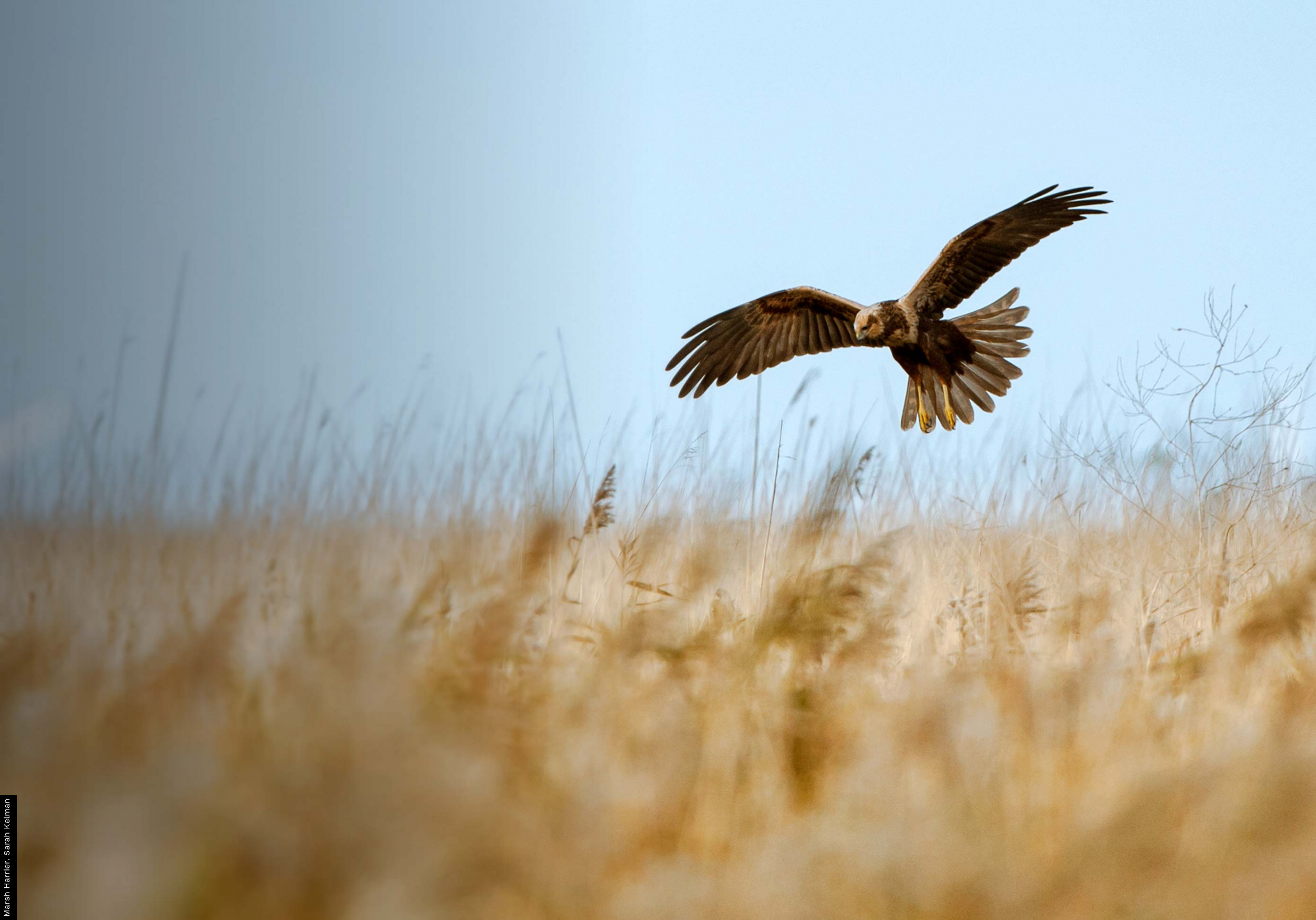Explore the maps and graphs
| The reporting rate graph displays the percentage that birds are recorded on complete lists submitted to BirdTrack. The higher the reporting rate the more frequently it is recorded. It can also be used as a rough measure on how detectable a species is, with a low reporting rate indicating it is much trickier to see. The graph can be customised to country, subregion and years. You can compare multiple years by using the 'Add plot' function. | |
| The peak count by week graph allows you to see the highest individual count of a species submitted for a particular week in BirdTrack. This graph can be customised by country, subregion, species and year, and it is possible to compare multiple years and species using the 'Add plot' function | |
| The Recent sightings map is only viewable if you are signed in to BirdTrack. Here you can view sightings logged on BirdTrack in the last 3, 7 or 14 days. This excludes which are covered by the rare and sensitive species policy whose sightings are hidden on public outputs. The sightings can be searched by clicking on the cog wheel icon in the top right hand corner. |
Using BirdTrack outputs and data
The information presented in the maps and graphs is liable to change, as observers can amend their records at any time. In addition, although we believe all data are entered by observers in good faith, County Bird Recorders, Bird Club records committees and the BirdTrack Organiser do check and validate the records on a continual basis, and correct any errors that are identified. This process takes time and may cause subsequent changes to the information displayed in the maps and graphs on a particular day.
Copyright
BirdTrack maps and graphs are subject to copyright, but may be reproduced in private study or non-commercial research without the need to apply for permission. If you do use the maps and graphs for these purposes, please acknowledge where they came from: e.g. www.birdtrack.net. If you wish to use the maps or graphs for commercial (or other funded work) then please email permissions [at] bto.org.
We actively encourage the use of BirdTrack raw data for research, conservation and educational purposes, and will often be able to supply more detailed and complete information than is available on the website, so please visit our data request page for more information. Data obtained directly from this website may not be used for commercial or other funded work without formal written permission from the BTO.
Important note about auto-ID tools
We recognise the growing popularity of auto-ID tools that use audio or image inputs to provide species identification, but we currently ask volunteers not to solely rely on these tools when submitting data to us.
- Please read our full statement on the use of auto-id tools for more detail and clarity.
Useful links
Citing BirdTrack
Information from the BirdTrack website should be cited as follows:
-
BTO/RSPB/BirdWatch Ireland/SOC/WOS 20xx. BirdTrack. Available at: www.birdtrack.net (accessed Month 20xx).















Share this page